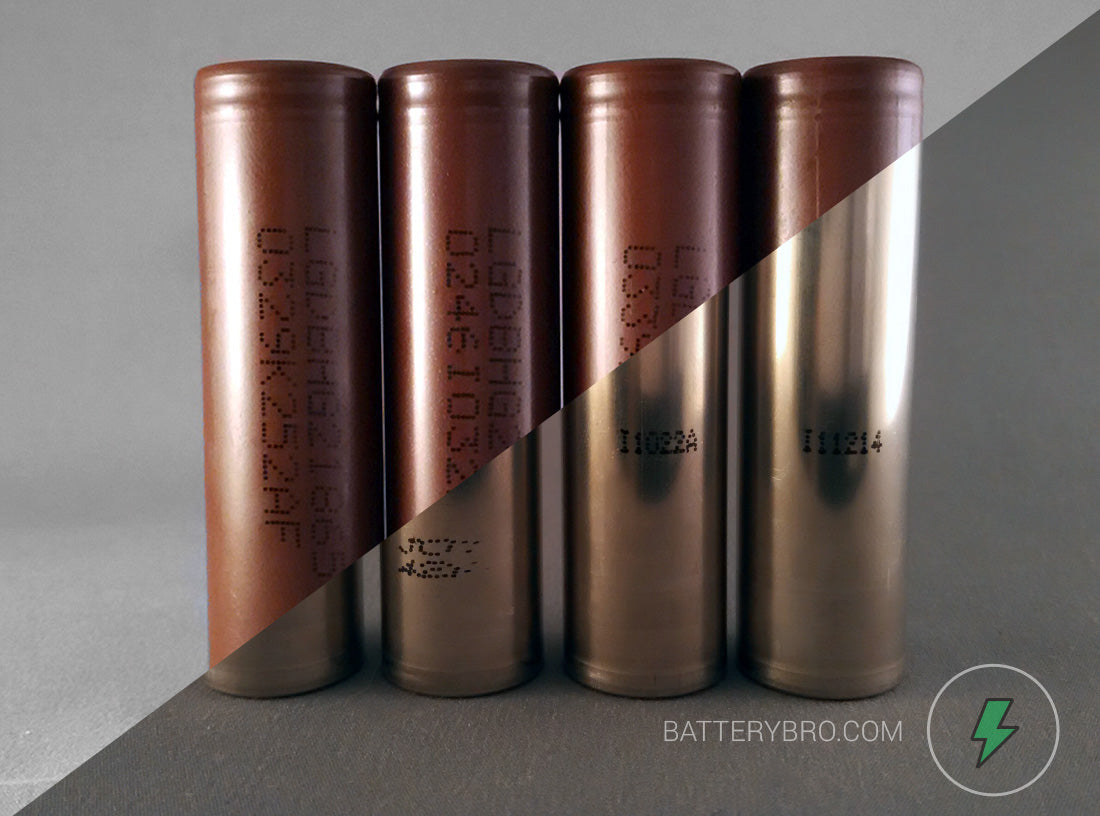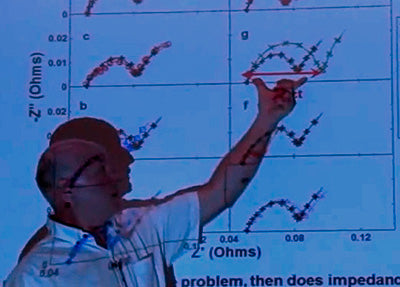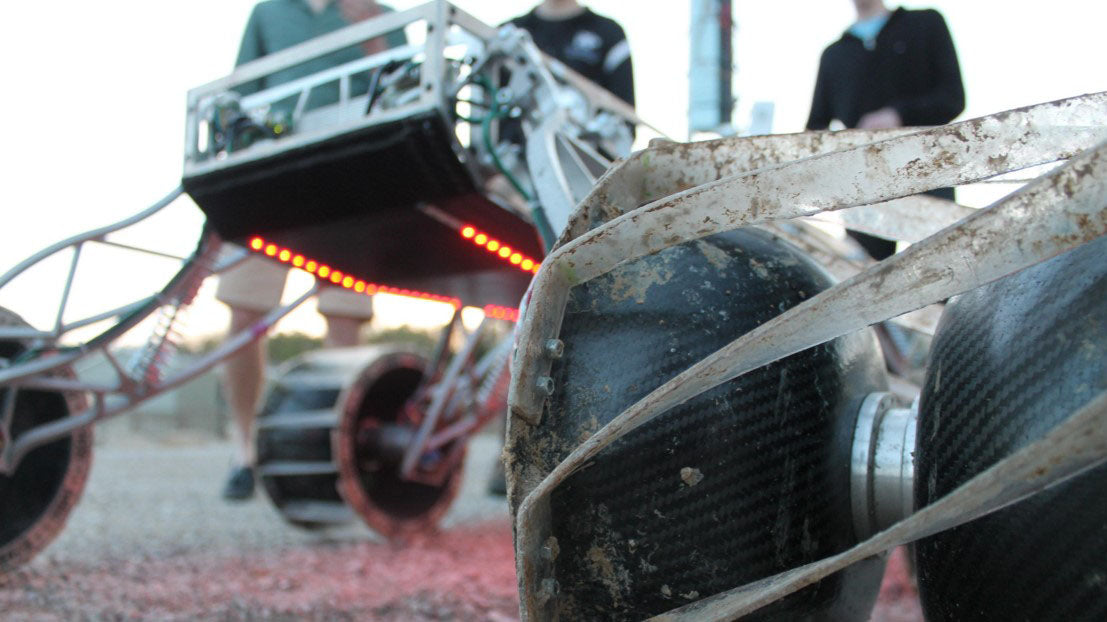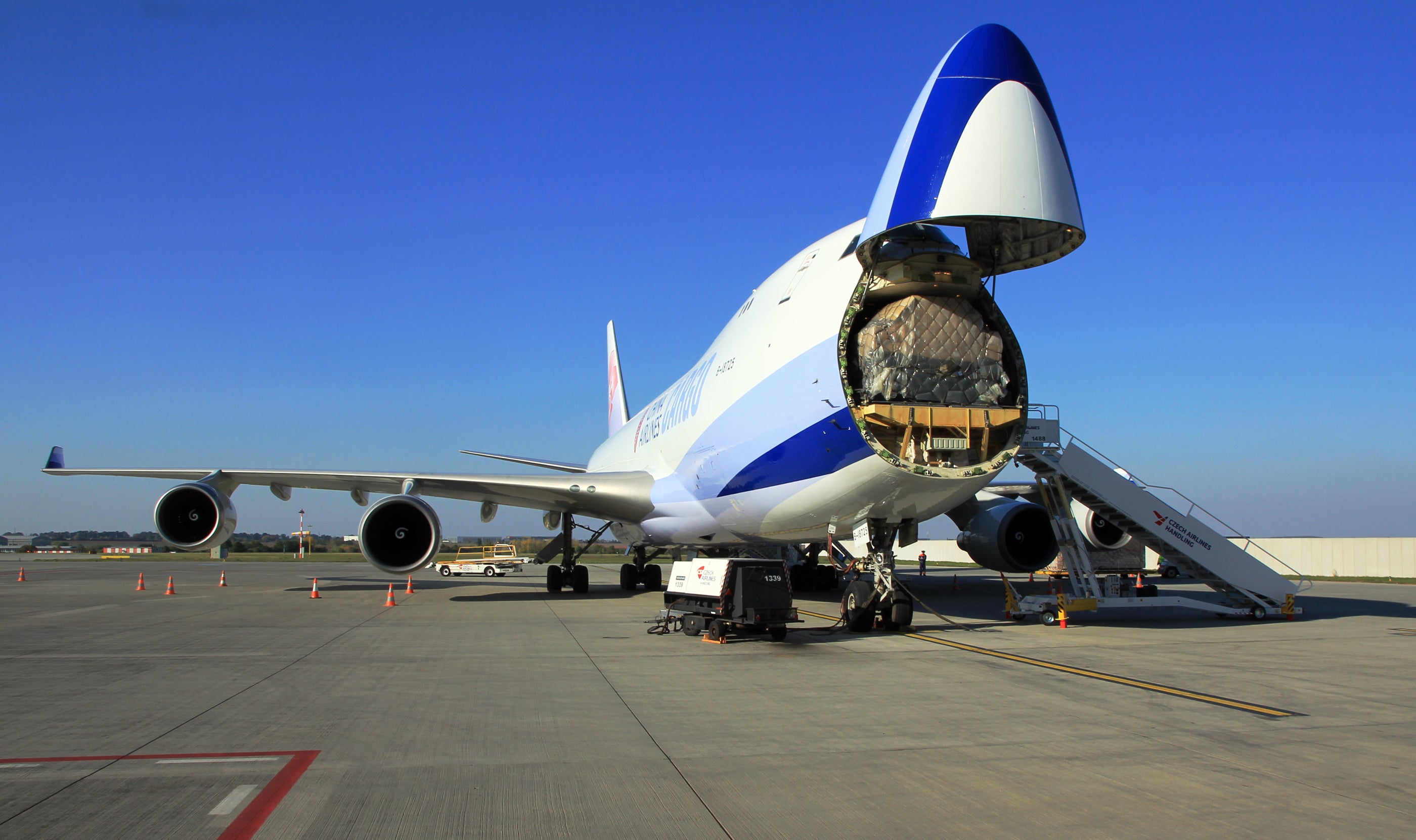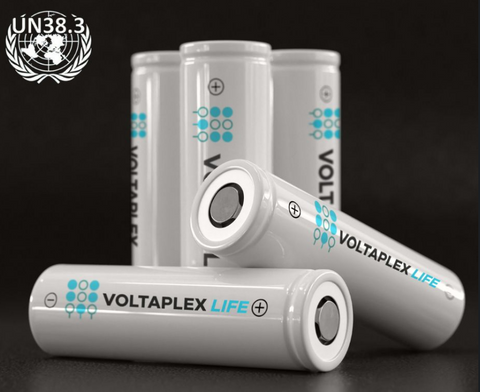Are lithium-ion batteries used to power trains? July 04 2015, 0 Comments

The nickel-based battery system used by the London Underground
Batteries are already used on many trains as a backup power system. The London Underground uses batteries on all their trains for this reason. If it were to stall or need emergency power, the batteries can provide enough energy to bring everyone to the next terminal (as well as for radio, controls, and other electronic devices like the broadcast and security systems). Basically the train stays on. These are not lithium-ion batteries however, they are a nickel-based. Because they are public, backup batteries - metrics like longevity and upkeep are favored. The cells made by Saft only need to be topped up once every two years and will last up to fifteen years.

Saft does not only make nickel-based batteries for the metro - they also make more exciting lithium ion batteries, especially for space and defense. They have a slogan “powering outer space for half a century” which is pretty cool, as they powered Galileo (the first li-ion batteries for permanent constellation) and have put a grand total of 30,000 lion (1.3MWh) of cells into space. But that’s for another post.
Having a subway that runs on specifically lithium-ion batteries is possible. The Kawasaki Municipal Government now has goals to do this, and they want to start building cars this year. It’s going to be a 17 kilometer line to like the north and center part of a city. So, a minimum viable product with good societal impact. Many of the more exciting transportation advances are only for relatively short distances, like the Hyperloop. The technology does not exactly exist for a Japanese electric train yet, and rather than start from scratch the team behind this project is scoping out the Eliica.


If you haven’t seen or heard of the limousine-sized Eliica, now is your chance. It’s a prototype from 2004 that runs on lithium-ion batteries and can do excellent acceleration as we now come to expect from EVs. It got attention for breaking some speed records - and it has something interesting called wheel hub motors. That is, each of its eight wheel hubs is mounted with a self-contained motor system.
[A side-note on the Eliica’s battery specs]
- 4 tracks of 80 batteries (1/3rd the total cost of the vehicle)
- 10 hours to charge
- 100 volt charge
- Can be hooked into residential power grid
The Kawasaki train may also employ wheel hub motors. I’m sure there are certain factors about a train which play into the efficiency of such an idea - the length of the train being one. As with all electric vehicle startup projects, the project managers noted battery capacity, and speed were their largest markers for improvement. A government tends to look farther into the future than say, an individual like you or me. An 8% or so increase in lithium-ion battery efficiency every year seems slow, but in a 15 year timeframe it is very quick.


Something else trains are good at is regenerative braking like you’ll see in the Prius, Model S, and other vehicles. While it has been used for a long time, for one reason or another is hasn’t caught on in the US until recently. Just last week, Philadelphia showed off their new hybrid subways that do this.
The energy is not received directly by lithium-ion batteries, but instead are met by supercapacitors first as a buffer. The supercapacitors (also sometimes known as ultracapacitors) can store high amounts of energy very quickly. They can then safely drip that energy into the batteries for more efficient discharging. The supercapacitors are also more of a permanent fixture - being able to last between 30,000 and 1 million cycles. This is perhaps the future of lithium-ion batteries, but for now li-ion is generally under 500 cycles. Supercapacitors are also about ten times more expensive.
The Philadelphia subway will make some money back by feeding the excess energy directly into the grid.

